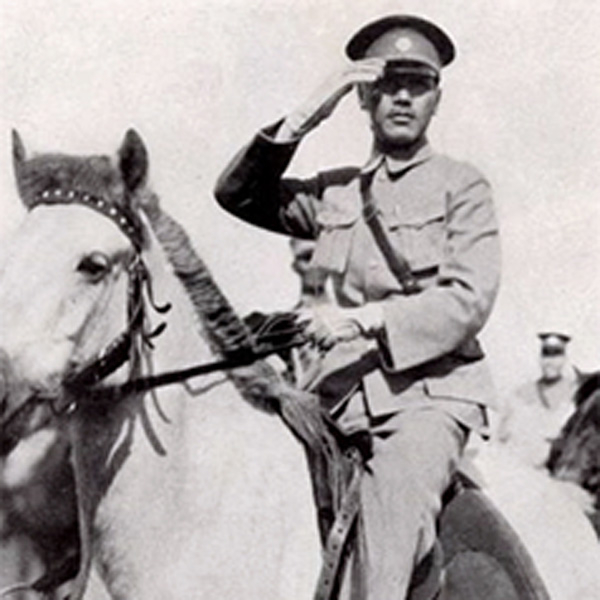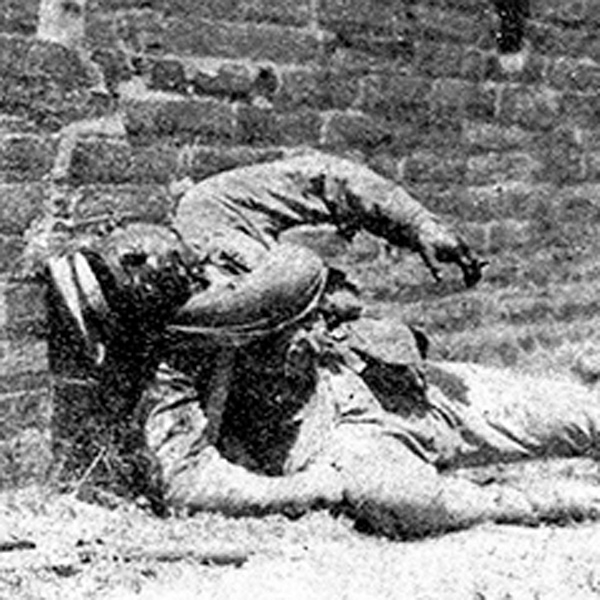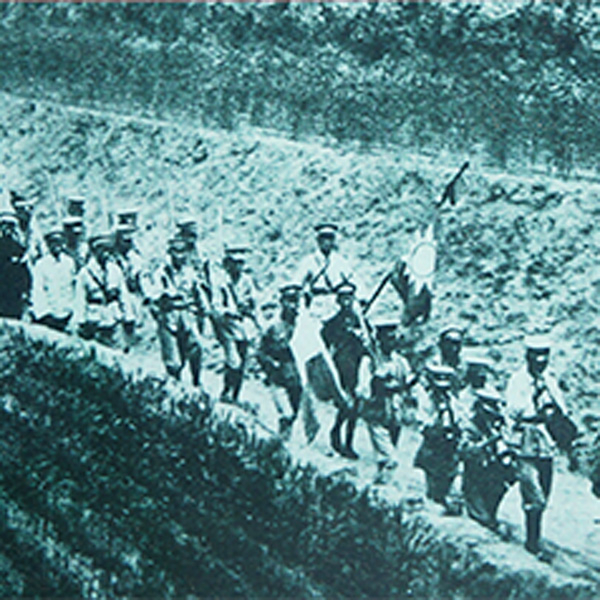
Northern Expedition, Party Purge, and Reunification (1926-1928)
The Northern Expedition, Party Purge, and Reunification: an Overview
From July 1926 to December 1928, the Nationalist Government led the National Revolutionary Army on the Northern Expedition, during which the “Party Purge”, the rupture between the Kuomintang of China and the Chinese Communist Party, the Nanjing-Wuhan Split and Reconciliation, the Ji’nan Incident, and the Huanggutun Incident took place. Despite the many twists and turns, China was finally reunited in general.
The Northern Expedition, Party Purge, and Reunification: an Overview
From July 1926 to December 1928, the Nationalist Government led the National Revolutionary Army on the Northern Expedition, during which the “Party Purge”, the rupture between the Kuomintang of China and the Chinese Communist Party, the Nanjing-Wuhan Split and Reconciliation, the Ji’nan Incident, and the Huanggutun Incident took place. Despite the many twists and turns, China was finally reunited in general.
(1) The Northern Expedition
On 9 July 1926, the National Revolutionary Army took the oath of the Northern Expedition in Guangzhou. During this military campaign, the two major warlords Wu Peifu and Sun Chuanfang were defeated. The victories made people hope that the decade-long chaos since the founding of the Republic of China would end.
(2) Party Purge, Nanjing-Wuhan Split and Reconciliation
On 12 April 1927, Chiang Kai-shek launched the “Party Purge” in Shanghai, where members of the Chinese Communist Party were violently captured and killed. The Nationalist Government in Wuhan opposed the campaign. Chiang then established a new nationalist government in Nanjing. Before long, the Nationalist Government in Wuhan broke with the communists, and the two nationalist governments reconciled.
(3) Japan’s Obstruction to the Northern Expedition
In 1928, the Nationalist Government resumed the Northern Expedition. Japan felt China’s reunification would be to its disadvantage and therefore spared no effort to obstruct the move. Not only did it launch the May Third Incident in Ji’nan, Shandong Province, but also killed the Fengtian clique warlord Zhang Zuolin in an explosion.
(4) Northeast Flag Replacement and Chinese Reunification
In 1928, the Northern Expedition resumed. With the defeat of the Fengtian army by the National Revolutionary Army, the death of the Fengtian clique warlord Zhang Zuolin in a bomb blast plotted by the Japanese army, and his son Zhang Xueliang’s announcement of the Northeast flag replacement, the way was paved for the Northern Expedition’s success.







